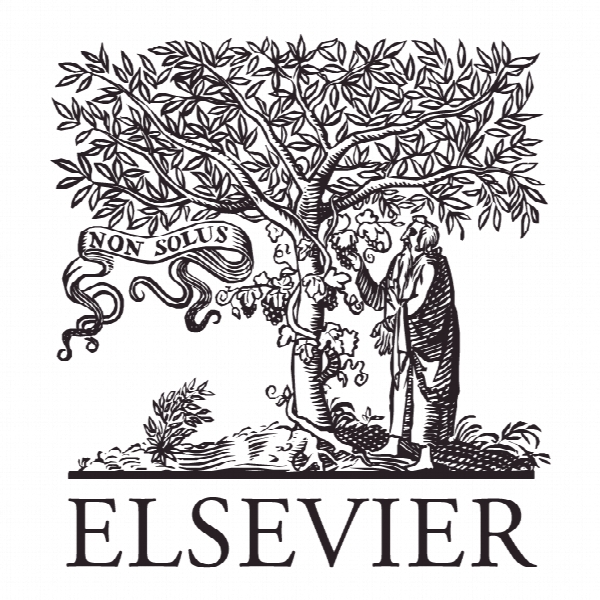به سمت دیترویت آسیا: بینش تحقیق تجربی از استراتژی های OEM تایلند Towards the Detroit of Asia: Empirical research insights of Thailand’s OEM strategy
- نوع فایل : کتاب
- زبان : انگلیسی
- ناشر : Elsevier
- چاپ و سال / کشور: 2017
توضیحات
رشته های مرتبط مدیریت
مجله مدیریت مالی چند ملیتی – Journal of Multinational Financial Management
دانشگاه کالج نوآوری، Prachan، بانکوک، تایلند
نشریه نشریه الزویر
مجله مدیریت مالی چند ملیتی – Journal of Multinational Financial Management
دانشگاه کالج نوآوری، Prachan، بانکوک، تایلند
نشریه نشریه الزویر
Description
1. Introduction “Thailand is a global green automotive production base with strong domestic supply chains which create high value added for the country.” [Vision of the Thai automotive industry in the year 2021 Thailand Automotive Institute, Ministry of Industry] Thailand was ranked in the 30th position according to the International Institute for Management Development (IMD) World competitiveness Yearbook 2015 and 31st according to 2015 World Economic Forum (WEF) global competitiveness index. It is one of Asia’s Newly Industrialized Countries (NICs) that is classified as an efficiency-driven economy and has a prospect in moving towards an efficiency-driven economy in the near future. Thailand is a leading global automotive manufacturer. Its automotive industry is one of the strategic clusters of Thailand accounting for 10% of the gross domestic product (GDP).1 Fig. 1 compares vehicle production and sales volume of Thailand among ASEAN countries in 2012. The automobile production volume, sales to the domestic, and export markets from the years 1996–2012 can be seen in Fig. 2. These figures have shown that Thailand has the strongest growth of auto production base in the Southeast Asian region, driving the country to become the Detroit of Asia. This study is concerned with Thailand’s strategy towards the Detroit of Asia. Following the introductory section, Section 2 reviews the theoretical framework on Porter’s Diamond Model, cluster policies, and the national innovation system (NIS). Section 3 explains the methodological framework. Section 4 presents the analyses of findings with a particular focus on exploring thestrategic path of Thailand in becoming the automotive manufacturing hub of Southeast Asia and the Detroit of Asia. Policy implications behind Thailand’s NIS strategy and automotive cluster competitiveness as well as conclusions are drawn in Section 5.


